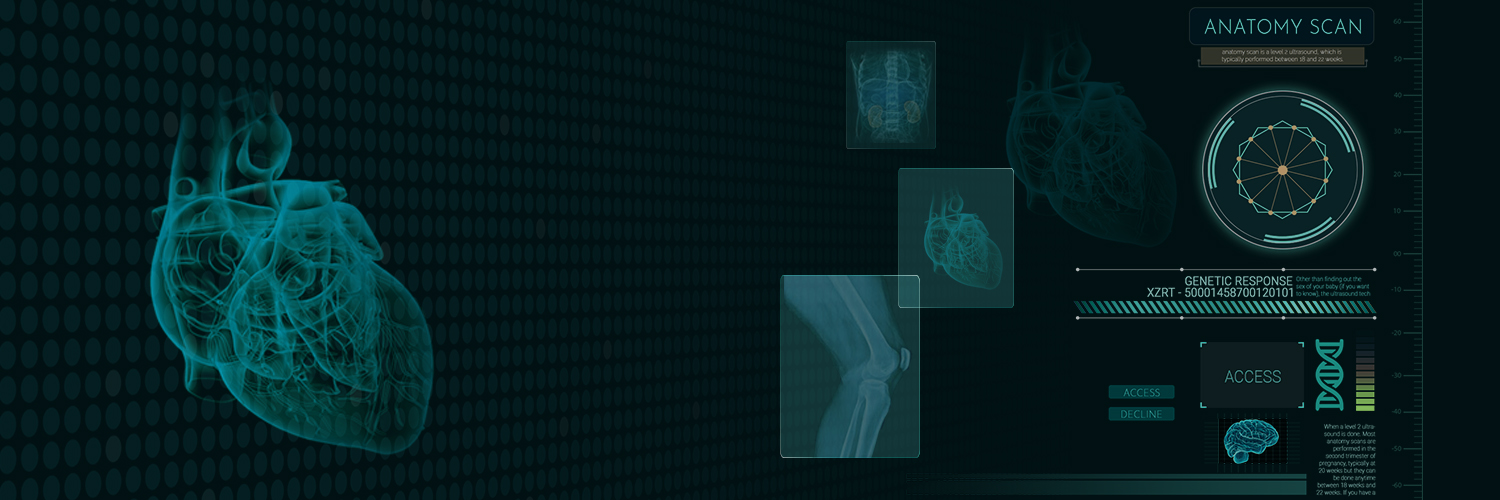
Difference between respiration in plants and animals
The respiration in plants differs from that in animals in three respects:
All the parts of a plant (like root, stem and leaves) perform respiration individually.
During respiration in plants, there is a little transport of respiratory gases from one part of the plant to the other while in case of animals, respiratory gases are usually transported over long distances inside.
The respiration in plants occurs at a slow rate whereas, animals respire at faster rate.
The average breathing rate in an adult man at rest is about 15 to 18 times per minute.
Difference between respiration in plants and animals
The respiration in plants differs from that in animals in three respects: